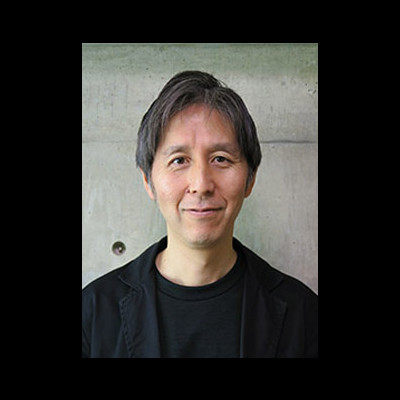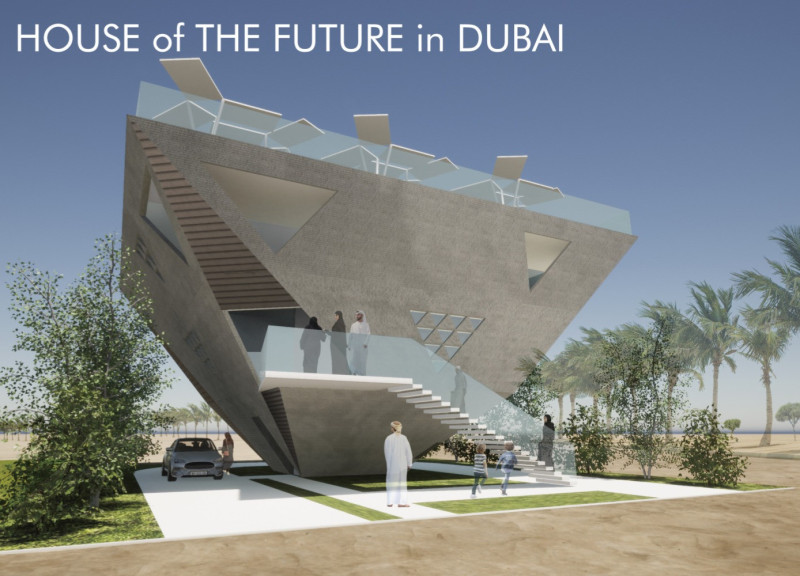5 key facts about this project
At its core, the project represents a harmonious blend of form and function, emphasizing not only visual appeal but also the practicality of the spaces within. The function of the structure is clearly defined, accommodating [insert specific functions, e.g., residential living, commercial activity, community engagement], thus fostering a sense of purpose and identity within its environment. The layout is meticulously planned to promote accessibility and flow, allowing for efficient movement between different areas while maintaining an organic connection to the surrounding landscape.
The design is characterized by its unique architectural elements, which include a combination of [insert specific architectural features like cantilevered roofs, expansive glass facades, and integrated outdoor areas]. These features contribute to a dynamic interplay of light and space, creating environments that are inviting and conducive to the intended activities. The use of large windows not only enhances natural illumination but also establishes a visual link between the interior and exterior, allowing occupants to engage with the surrounding context.
Materiality plays a significant role in this project, reflecting a commitment to sustainability and innovation. The careful selection of materials such as [insert materials used, for example, recycled steel, locally sourced timber, glass, and concrete] not only reinforces the architectural integrity but also speaks to environmental consciousness. Each material is chosen for its functional properties as well as its aesthetic qualities, contributing to an overall theme of durability and modern sophistication.
The uniqueness of this project lies in its ability to address environmental factors, integrating passive design strategies that minimize its ecological footprint. The roof design may incorporate green elements, such as vegetation, which contribute to insulation and biodiversity while providing aesthetic value. Furthermore, considerations for energy efficiency are evident through the choice of appliances, heating systems, and the orientation of the building, which optimizes sunlight access and reduces energy consumption.
The architectural details are executed with precision, from the structural framework to the finishes that adorn the interiors. Attention is paid to how spaces are delineated without enclosing them completely, allowing for an open and collaborative atmosphere. The thoughtfully designed common areas encourage interaction among users, promoting a community spirit that is often absent in more traditional architectural solutions.
In relation to the surrounding environment, the project aims to establish a dialogue with its context. Landscape integration and the relationship with nearby structures are carefully considered, emphasizing an adaptive approach to site utilization. This responsiveness to context not only enhances the visual appeal but also ensures that the building respects and complements its surroundings.
Overall, the architectural project stands as a testament to modern design principles, advocating for a sustainable future while enhancing the quality of life for its inhabitants. Its thoughtful layout, carefully selected materials, and innovative design elements create a cohesive and functional environment that is both aesthetically pleasing and practically sound.
For those interested in a deeper understanding of this architectural project, exploring the architectural plans, architectural sections, and architectural designs will provide further insights into the intricate details and concepts that define this work. Engaging with these elements will illuminate the thoughtful architectural ideas that underpin this project, showcasing the dedication and skill involved in its realization.


 Norio Watanabe,
Norio Watanabe, 























